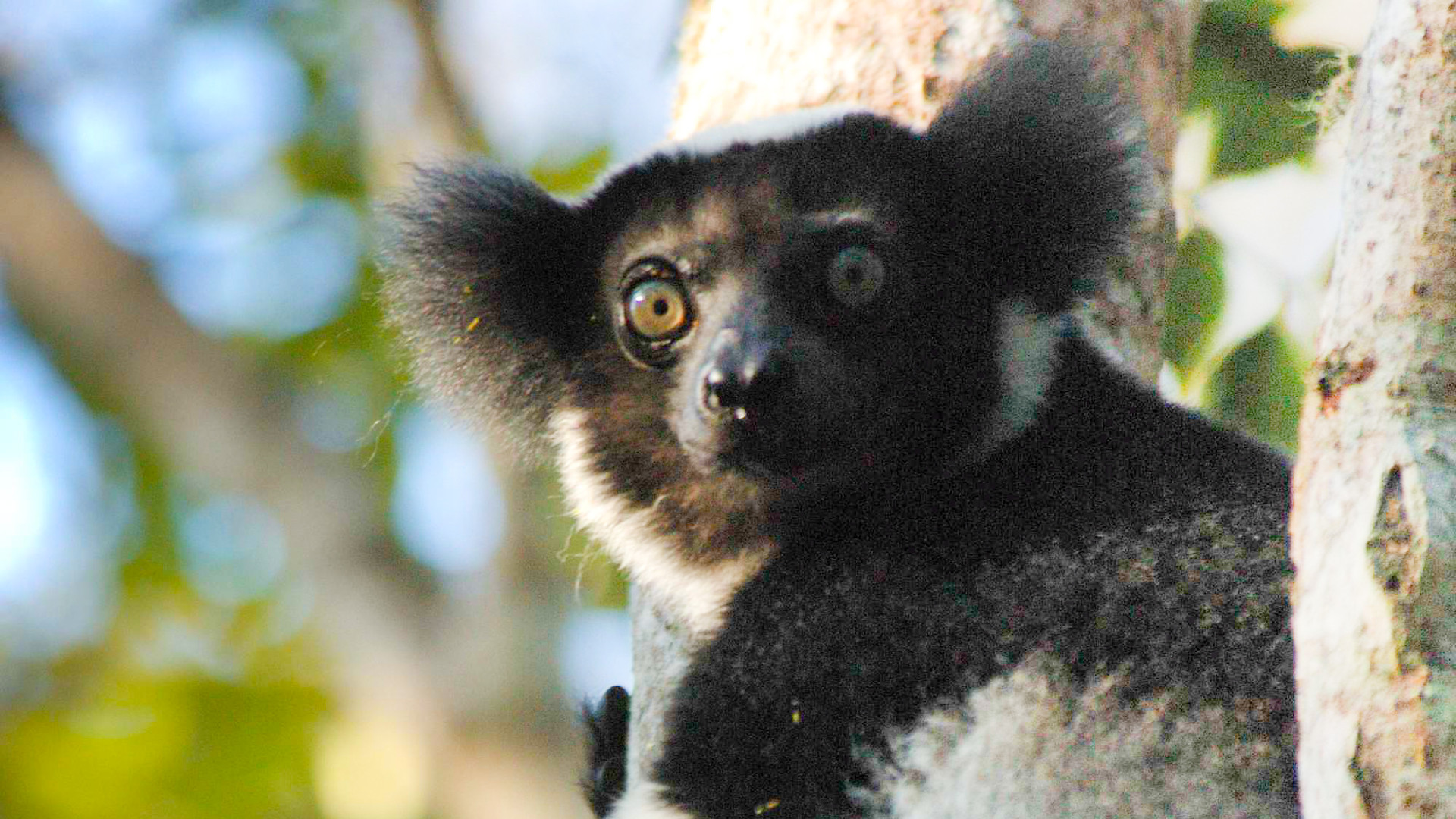Lemurs are the now the most threatened mammal group on the planet, according to conservationists who issued a warning about the animals this month.
Out of 111 known lemur species and subspecies, at least 105 — 95 percent — are now considered to be threatened with extinction.
All lemur species are native to the island nation of Madagascar, where they are threatened by habitat loss, deforestation, hunting for meat, the illegal pet trade and other factors.
“The world loves lemurs, but the government of Madagascar pays very little attention,” says Russ Mittermeier, chief conservation officer for Global Wildlife Conservation and chair of the IUCN Species Survival Commission Primate Specialist Group, which conducted the new assessment of lemur species at a recent workshop.
According to the analysis, at least 38 lemur species should now be listed as “critically endangered,” up from 24 when the primates were last assessed back in 2012. Another 44 should be considered “endangered,” while 23 are thought to be slightly safer and have been categorized as “vulnerable to extinction.” Only two lemur species, both widespread mouse lemurs, were considered to be of “least concern,” the healthiest assessment category on the IUCN Red List of Threatened Species.
Among the most threatened of these popular animals are both the largest and smallest lemur species, the 2-foot-tall indri (Indri indri) and the Madame Berthe’s mouse lemur (Microcebus berthae), which, at about 1 ounce in weight, is also the world’s smallest known primate. The rarest lemur is now the northern sportive lemur (Lepilemur septentrionalis), which has an estimated population of just 50 individuals.
The famous ring-tailed lemur (Lemur catta), the most common primate in captivity around the world, is expected to now be listed as “endangered.” Recent research estimates that populations for this species have fallen by as much as 95 percent since the year 2000.
These new assessments are considered provisional and will take another few years to finalize, but Mittermeier says lemurs need action now: “We don’t want to wait two or three years for the final results to come out because it’s too urgent.”
Mittermeier says the Madagascar government has been too besieged over the past few years by a coup and other political crises to accomplish much in the name of conservation. He says the country’s current president, Hery Rajaonarimampianina, “is a good guy, but now we have a new election coming up and it’s heavily focused on politics and the capital city and the rest of the country be damned, which is really too bad.”
Lemurs have been on decline since long before the coup, but we’ve also been learning more about them the whole time. Mittermeier points out that science had only described 60 lemur species when the first field guide to the animals was published in 1994. Nearly that many new species have been discovered since then, including one that was just described this past January. Mittermeier expects the total number will continue to grow, as several species are even now awaiting formal scientific description. “We’re going to add at least 5 to 10 percent more species in the next few years,” he says.
Unfortunately, the improved knowledge has corresponded with the destruction of much of Madagascar’s native forests. “Even as we describe new species, the available range for every species has become smaller,” Mittermeier says. “Some of the new species have no habitat protection whatsoever.”
So what can be done to help lemurs? “Ecotourism is the number-one conservation tool right now,” Mittermeier says, because it supports both protected areas and the people who live near them. “The answer is empowering the communities and getting more and more people going there and showing the benefits of establishing protected areas to communities,” he says. “That’s about the best thing we can do at this point.”
Along these lines, the IUCN Species Survival Commission has raised $8 million for lemur conservation and is in the process of distributing grants for on-the-ground efforts. “That’ll go toward the communities and tourism operations and things like that,” Mittermeier says.
He also points to the Lemur Conservation Network, which links the efforts of more than 50 conservation organizations, research groups and zoos and implements the lemur survival action plan.
Beyond, that, Mittermeier says he hopes other conservation groups and governments will follow up with similar targeted efforts, including aid packages that require the government of Madagascar to rigorously commit to conservation, including to help not just lemurs but also to end the rampant illegal trade in tortoises and rosewood.
How does Mittermeier himself deal with the increasingly bad news about lemurs? “Look, I’m an eternal optimist,” he says. “I just keep pushing and plugging away. If there’s a failure, you just regroup. If you have an obstacle put in front of you, you either knock it down or move around it. These are wonderful animals and we’re working together to save them.”



2 thoughts on “Lemurs in Crisis: 105 Species Now Threatened with Extinction”
Comments are closed.